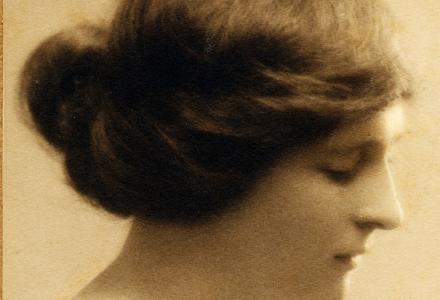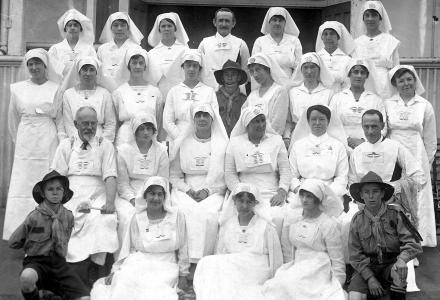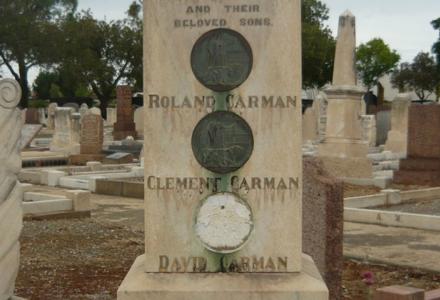Rodney Smith’s generation lived with the memory of war. His mother lost two of her brothers. Edward Sadler was killed on 27 January 1917 in France, and four months later her older brother John died at the Second Battle of Bullecourt.
But Rodney’s understanding of the aftermath of war went beyond his family’s story. Throughout his childhood, the maimed and the crippled were a frequent sight, blokes hobbling on ‘crutches with one of his trousers pinned up’, the gassed men wheezing for breath, the blind who stumbled in their darkness.
When Rodney was older and began working he came into contact with old ‘Digs’ on an almost daily basis. He now realises what he saw in their behaviour was the result of what we’d now call post-traumatic stress. Back then they were just called ‘nervy’.
Rodney began working with the Department of Veterans’ Affairs in the 1970s. His job was to help veterans to cope with their injuries. And it wasn’t the physical wounds that were the hardest to deal with. There were many who ‘just couldn’t cope’.
Well into his eighties, Rodney can still visualise those portraits of John and Edward in his grandfather’s home. And remembering them and all those men he encountered across his career, Rodney worries that ‘Lest we Forget’ has taken on a very different meaning than ‘when it first entered our consciousness’. The ‘awfulness of war and its aftermath are slipping away’, he told us, ‘and even conflict is becoming glamorous again. The men of 1914 deserve better than that. At the very least we owe them honesty.’
The story of the Sadler brothers raises important questions about how we remember war and what was forgotten in the course of the Anzac Centenary. The decision by DVA to withdraw support for the 100 Stories project and its call for comforting ‘nation-building narratives’ suggests a failure to confront the terrible realities Rodney described.



